Home>Garden Essentials>How To Eat Lotus Seeds
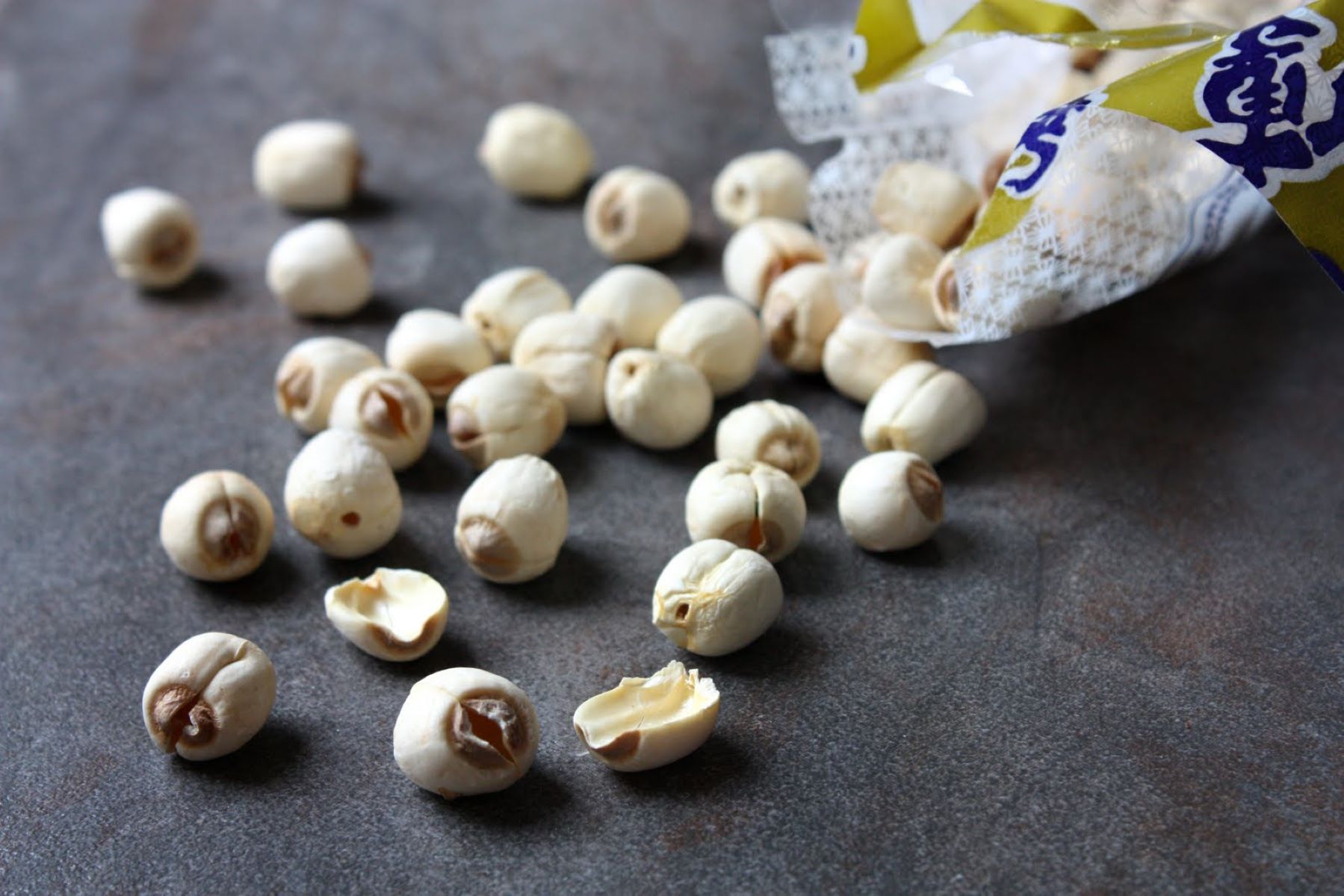

Garden Essentials
How To Eat Lotus Seeds
Modified: March 16, 2024
Learn how to eat lotus seeds from your garden with our simple step-by-step guide. Discover the health benefits and delicious recipes to enjoy this nutritious snack.
(Many of the links in this article redirect to a specific reviewed product. Your purchase of these products through affiliate links helps to generate commission for Storables.com, at no extra cost. Learn more)
Introduction
Welcome to the fascinating world of lotus seeds! These tiny, nutrient-packed gems are not only delicious but also offer a plethora of health benefits. Whether you’re a food enthusiast, a health-conscious individual, or simply curious about new culinary experiences, learning about lotus seeds is sure to captivate your interest.
Lotus seeds come from the lotus flower, a plant that has been revered in many cultures for its beauty and symbolic meaning. In addition to being a popular ingredient in Asian cuisine, lotus seeds have gained recognition for their impressive nutritional profile and medicinal properties.
In this article, we will explore everything you need to know about lotus seeds – from their origins and nutritional benefits to buying, storing, and preparing them for consumption. We’ll even share some delectable recipes that highlight the versatility and flavors of lotus seeds. So, get ready to embark on a journey to discover the wonders of these remarkable seeds!
Key Takeaways:
- Lotus seeds are nutrient-packed and versatile, offering protein, fiber, and essential minerals. They can be enjoyed in various dishes, from savory stir-fries to creamy desserts, adding a delightful crunch and subtle nutty flavor.
- In addition to being a delicious snack, lotus seeds have cultural, spiritual, and artistic significance. They have been used in traditional medicine, skincare, rituals, and decorative crafts, reflecting their diverse and meaningful roles beyond the kitchen.
Read more: How To Plant Lotus Seeds
What are Lotus Seeds?
Lotus seeds, also known as lotus nuts or makhana, are the seeds of the lotus flower (Nelumbo nucifera), a water lily plant native to various parts of Asia. The lotus flower has deep cultural and religious significance in many Asian countries, and its seeds have been a staple in traditional medicine and cuisine for centuries.
Lotus seeds are harvested from the seedpod of the lotus flower. These seeds are small, round, and hard with a unique pattern on the outer shell. They range in color from pale yellow to dark brown, depending on how they have been processed.
In their natural state, lotus seeds have a bitter taste and a crunchy texture. They are often dried or roasted to enhance their flavor and make them more palatable. Once prepared, they can be enjoyed as a nutritious snack or used as an ingredient in a wide variety of dishes.
Lotus seeds are rich in essential nutrients, including protein, carbohydrates, fiber, vitamins, and minerals. They are also low in fat and calories, making them a healthy option for those watching their weight or following a balanced diet.
These versatile seeds are used in both sweet and savory dishes, adding a unique texture and flavor. From desserts like puddings and ice creams to curries, soups, and stir-fries, there is no shortage of culinary possibilities when it comes to lotus seeds.
But lotus seeds are not just known for their delicious taste and versatility in the kitchen. They also offer a wide range of health benefits, making them a valuable addition to any diet. Let’s explore these benefits in more detail in the next section.
Nutritional Benefits of Lotus Seeds
Lotus seeds may be small, but they are packed with a surprising array of nutrients and health benefits. Here are some of the nutritional highlights:
Protein: Lotus seeds are an excellent plant-based source of protein. Protein is essential for repairing tissues, supporting immune function, and maintaining overall health.
Fiber: Lotus seeds are rich in dietary fiber, which aids in digestion and helps regulate blood sugar levels. Fiber also promotes a feeling of fullness, making lotus seeds a satisfying snack for weight management.
Iron: Lotus seeds contain iron, a vital mineral that is necessary for the production of red blood cells. Adequate iron intake helps prevent anemia and supports optimal oxygen delivery to the body’s cells.
Magnesium: Lotus seeds are a good source of magnesium, which plays a crucial role in maintaining healthy bones and muscles, supporting nerve function, and regulating blood pressure.
Phosphorus: These seeds also provide phosphorus, an essential mineral that contributes to healthy bones, teeth, and cell function. Phosphorus is particularly important for maintaining skeletal strength.
Potassium: Lotus seeds contain potassium, a mineral that helps maintain proper electrolyte balance, regulate blood pressure, and support heart health.
Vitamins: Lotus seeds are a source of several vitamins, including B vitamins such as thiamine, riboflavin, and folate. These vitamins are involved in various metabolic processes and contribute to overall health and well-being.
These nutritional benefits make lotus seeds a valuable addition to a balanced diet. Whether you’re looking to boost your protein intake, improve digestion, or support your overall health, incorporating lotus seeds into your meals and snacks can be a wise choice.
Now that we understand the nutritional benefits of lotus seeds, let’s move on to the next section to learn about buying and storing these versatile seeds.
Buying and Storing Lotus Seeds
When it comes to purchasing lotus seeds, there are a few essential factors to keep in mind:
Freshness: Look for lotus seeds that are fresh and free from any signs of spoilage. Fresh lotus seeds will have a pleasant aroma and a bright color, without any mold or discoloration.
Origin: It’s preferable to choose lotus seeds that are sourced from reputable suppliers. Organic and sustainably harvested lotus seeds are often a great choice, as they are grown without the use of harmful pesticides or chemicals.
Preparation: Depending on your preference, you can buy lotus seeds that are already skinned or those with the outer shell intact. Skinned lotus seeds are more convenient for snacking, while those with the shell provide a longer shelf life.
Once you have purchased your lotus seeds, it’s important to store them properly to maintain their freshness and quality. Here are some guidelines:
Dry Storage: Lotus seeds should be stored in an airtight container in a cool, dry place. Avoid exposure to sunlight, moisture, and strong odors, as this can cause the seeds to deteriorate.
Refrigeration: For longer-term storage, lotus seeds can be refrigerated in a sealed container. This helps to extend their shelf life and preserve their taste and texture.
Freezing: If you have a large quantity of lotus seeds, you can also freeze them for future use. Ensure they are properly sealed in an airtight container or freezer bag to prevent freezer burn.
With proper storage, lotus seeds can retain their quality for several months. However, it’s always advisable to check the expiration date or recommended storage duration mentioned by the manufacturer.
Now that we have covered buying and storing lotus seeds, let’s move on to the next section to explore the different methods of preparing lotus seeds for consumption.
Preparing Lotus Seeds for Consumption
Before you can enjoy the delicious flavors and textures of lotus seeds, they need to be properly prepared. The preparation process may vary based on whether you have raw lotus seeds with the outer shell or skinned lotus seeds.
If your lotus seeds have the outer shell, follow these steps to prepare them:
- Start by removing the tough outer shell of the lotus seeds. You can do this by making a small incision on the side of each seed using a sharp knife or simply by gently squeezing the seed until the shell cracks open.
- Once the shells are removed, rinse the lotus seeds under cold water to remove any debris or residue.
- After rinsing, soak the lotus seeds in water for 2-3 hours. This helps to soften them and reduce their cooking time.
- Drain the soaked lotus seeds and they are now ready to be cooked or used in various recipes.
If you have skinned lotus seeds, the preparation process is much simpler:
- Rinse the skinned lotus seeds under cold water to remove any dust or impurities.
- Once rinsed, they are ready to be used in cooking or enjoyed as a snack.
Whether you choose to cook with raw or skinned lotus seeds depends on your preference and the recipe you want to prepare. Raw lotus seeds have a slightly bitter taste, while skinned lotus seeds have a milder flavor.
Now that your lotus seeds are prepared, let’s move on to explore the various cooking methods you can use to incorporate lotus seeds into your meals and snacks.
To eat lotus seeds, first soak them in water for a few hours to soften them. Then, you can boil or roast them for a tasty and healthy snack.
Read more: How To Eat Grapes With Seeds
Cooking Methods for Lotus Seeds
Lotus seeds are incredibly versatile and can be cooked using various methods to bring out their unique flavors and textures. Here are some popular cooking methods:
- Roasting: Roasting lotus seeds is a common method to enhance their flavor. Simply heat a dry skillet over medium heat and add the lotus seeds. Stir them frequently until they turn golden brown and become fragrant. Roasted lotus seeds can be enjoyed as a crunchy snack or used in recipes.
- Boiling: Boiling lotus seeds is an easy way to soften them and prepare them for further cooking. In a saucepan, add water and lotus seeds, bring it to a boil, and then simmer for 10-15 minutes or until the seeds become tender. The boiled lotus seeds can be used in soups, stews, porridge, or desserts.
- Steaming: Steaming lotus seeds is a gentle cooking method that helps maintain their texture and flavor. Place the lotus seeds in a steamer basket and steam them for 15-20 minutes or until they become soft and tender. Steamed lotus seeds can be used in various dishes like dim sum, stir-fries, or added to rice and grain dishes.
- Baking: Baking lotus seeds can result in a delicious and crispy texture. Toss the lotus seeds with some oil and seasonings of your choice, spread them on a baking sheet, and bake at a low temperature (around 250°F or 120°C) for 30-40 minutes or until they are crispy and golden brown. Baked lotus seeds make a fantastic snack or topping for salads and desserts.
These cooking methods can be adjusted depending on the specific recipe or dish you are preparing. Feel free to experiment and get creative with your cooking techniques to discover your favorite way of enjoying lotus seeds.
Now that you know how to cook lotus seeds, let’s explore some delicious recipes that highlight the versatility and flavors of these amazing seeds.
Delicious Recipes with Lotus Seeds
Lotus seeds lend themselves well to both sweet and savory dishes, offering a delightful crunch and subtle nutty flavor. Here are a few delicious recipes that showcase the versatility of lotus seeds:
- Lotus Seed Stir-Fry: In a hot skillet, heat some oil and add your favorite vegetables like bell peppers, carrots, and snow peas. Stir-fry until they are crisp-tender, then add lotus seeds and toss them for a few minutes. Season with soy sauce, ginger, and garlic for a flavorful and healthy side dish.
- Lotus Seed Curry: In a pan, sauté onions, garlic, and ginger until fragrant. Add diced tomatoes, curry powder, and your choice of vegetables or protein. Cook until the vegetables are cooked through and tender. Add the lotus seeds and simmer for a few minutes to allow the flavors to blend together. Serve over rice or with naan bread.
- Lotus Seed Dessert: Make a creamy and indulgent dessert by cooking lotus seeds in sweetened almond milk or coconut milk. Add a touch of cardamom, cinnamon, and a sweetener of your choice. Simmer until the lotus seeds are soft and the flavors have melded together. Serve warm or chilled as a comforting dessert.
- Lotus Seed Porridge: Cook lotus seeds in a mixture of water and milk (or plant-based milk) until they are soft and creamy. Add a sprinkle of cinnamon, a drizzle of honey or maple syrup, and some chopped nuts or dried fruits for added texture and flavor.
- Lotus Seed Salad: Toss together mixed greens, sliced cucumbers, cherry tomatoes, and lotus seeds. Drizzle with a tangy vinaigrette made from lemon juice, olive oil, Dijon mustard, and honey. Top with crumbled feta cheese or toasted sesame seeds for extra flavor and crunch.
These are just a few examples of the countless ways you can incorporate lotus seeds into your culinary creations. Don’t be afraid to experiment with different ingredients, spices, and cooking methods to create your own unique dishes that showcase the versatility and deliciousness of lotus seeds.
Now that we’ve explored some mouthwatering recipes, let’s take a look at other uses of lotus seeds beyond the kitchen.
Other Uses of Lotus Seeds
Lotus seeds have been utilized for various purposes beyond their culinary applications. Here are a few other noteworthy uses of lotus seeds:
- Traditional Medicine: In traditional Chinese medicine and Ayurveda, lotus seeds have been used for their potential medicinal properties. They are believed to have calming effects, promote sleep, and improve digestion. They are also considered beneficial for the reproductive system and can help alleviate symptoms associated with conditions like infertility and menstrual disorders.
- Skincare: Lotus seeds contain natural enzymes and antioxidants that help nourish and rejuvenate the skin. Ground lotus seeds can be mixed with other ingredients like honey, yogurt, or milk to create homemade face masks or scrubs. These skincare treatments are believed to help hydrate the skin, reduce blemishes, and promote a healthy glow.
- Rituals and Ceremonies: Lotus seeds hold symbolic significance in various cultures and are often used in religious rituals and ceremonies. In Buddhism, the lotus flower and its seeds represent purity, enlightenment, and spiritual growth. They are commonly used as offerings in temples and during meditation practices.
- Decorative Crafts: Lotus seeds can be dried and used in decorative crafts. They can be painted, strung together to make jewelry, or incorporated into natural wreaths and arrangements. The unique shape and texture of lotus seeds add an aesthetic appeal to various craft projects.
- Gardening: Lotus seeds can also be used for gardening purposes. They can be planted in ponds or water gardens to grow into beautiful lotus plants. The process of cultivating lotus plants from seeds can be a rewarding and serene experience, bringing the beauty of nature closer to home.
These additional uses of lotus seeds reflect the cultural, spiritual, and artistic significance they hold. Incorporating lotus seeds into rituals, crafts, and skincare routines can provide a deeper connection to their historical and symbolic value.
Now that we’ve explored the various uses of lotus seeds, let’s move on to the next section to discuss any possible side effects and precautions associated with consuming lotus seeds.
Possible Side Effects and Precautions
While lotus seeds are generally safe for consumption, it’s important to be aware of potential side effects and take necessary precautions:
Allergic Reactions: Some individuals may be allergic to lotus seeds. If you have a known allergy to other nuts or seeds, it’s advisable to consult with a healthcare professional before consuming lotus seeds to avoid any allergic reactions.
Bitter Alkaloids: Lotus seeds in their raw form contain bitter alkaloids that may cause stomach discomfort or digestive issues. To make lotus seeds more palatable and easier to digest, it is recommended to soak, boil, roast, or cook them before consumption.
Sodium Content: Lotus seeds have a naturally low sodium content. However, if you have high blood pressure or are on a low-sodium diet, it’s essential to monitor your sodium intake when consuming lotus seeds, especially when commercially prepared or flavored varieties are used.
Pregnancy and Breastfeeding: Pregnant or breastfeeding women should exercise caution when consuming lotus seeds. While there is limited scientific research available on the safety of lotus seeds during pregnancy and breastfeeding, it is best to consult with a healthcare professional for personalized advice.
Interaction with Medications: Lotus seeds may interact with certain medications, especially those that affect blood pressure, blood clotting, or medications metabolized by the liver. If you are taking any medications, it is advisable to consult with your healthcare provider to determine if lotus seed consumption is suitable for you.
As with any food, it’s always important to consume lotus seeds in moderation as part of a well-balanced diet. If you experience any adverse reactions or discomfort after consuming lotus seeds, discontinue use and seek medical advice.
Now that we have discussed the possible side effects and precautions, let’s conclude our comprehensive guide to lotus seeds.
Read more: How To Eat Apricot Seeds
Conclusion
Lotus seeds are a truly remarkable and versatile ingredient, offering a unique blend of flavors, textures, and nutritional benefits. From their origins as sacred symbols in various cultures to their widespread use in traditional medicine and culinary delights, lotus seeds have captivated the hearts and palates of people around the world.
In this article, we’ve explored the wonders of lotus seeds, delving into their origins, nutritional benefits, and diverse uses. We’ve learned about the protein, fiber, vitamins, and minerals packed within these tiny seeds, making them an excellent choice for those seeking a healthy and nutritious snack.
We’ve also discussed the importance of selecting fresh lotus seeds and provided tips on proper storage to maintain their quality over time. Preparing lotus seeds for consumption can be as simple as removing the outer shell or soaking them in water to soften, allowing for endless culinary possibilities.
Whether they’re roasted, boiled, steamed, or baked, lotus seeds can be incorporated into a wide range of dishes, both sweet and savory. Their delicate flavor and satisfying crunch add depth and excitement to soups, curries, desserts, and more.
Furthermore, we’ve explored the other uses of lotus seeds, from their role in traditional medicine and skincare to their significance in rituals and decorative crafts. Lotus seeds have been cherished for their cultural, spiritual, and artistic qualities throughout history.
While lotus seeds are generally safe to consume, it’s important to be mindful of potential allergies, precautions for specific health conditions, and the need to properly prepare them to reduce bitterness and improve digestibility.
In conclusion, lotus seeds offer not only a delicious and nutritious addition to your diet but also a glimpse into the rich cultural heritage and holistic wellbeing that surround these remarkable seeds. So, whether you’re seeking a healthy snack, experimenting in the kitchen, or exploring new avenues of spirituality and creativity, embrace the wonders of lotus seeds and allow them to add a touch of magic to your life.
Frequently Asked Questions about How To Eat Lotus Seeds
Was this page helpful?
At Storables.com, we guarantee accurate and reliable information. Our content, validated by Expert Board Contributors, is crafted following stringent Editorial Policies. We're committed to providing you with well-researched, expert-backed insights for all your informational needs.
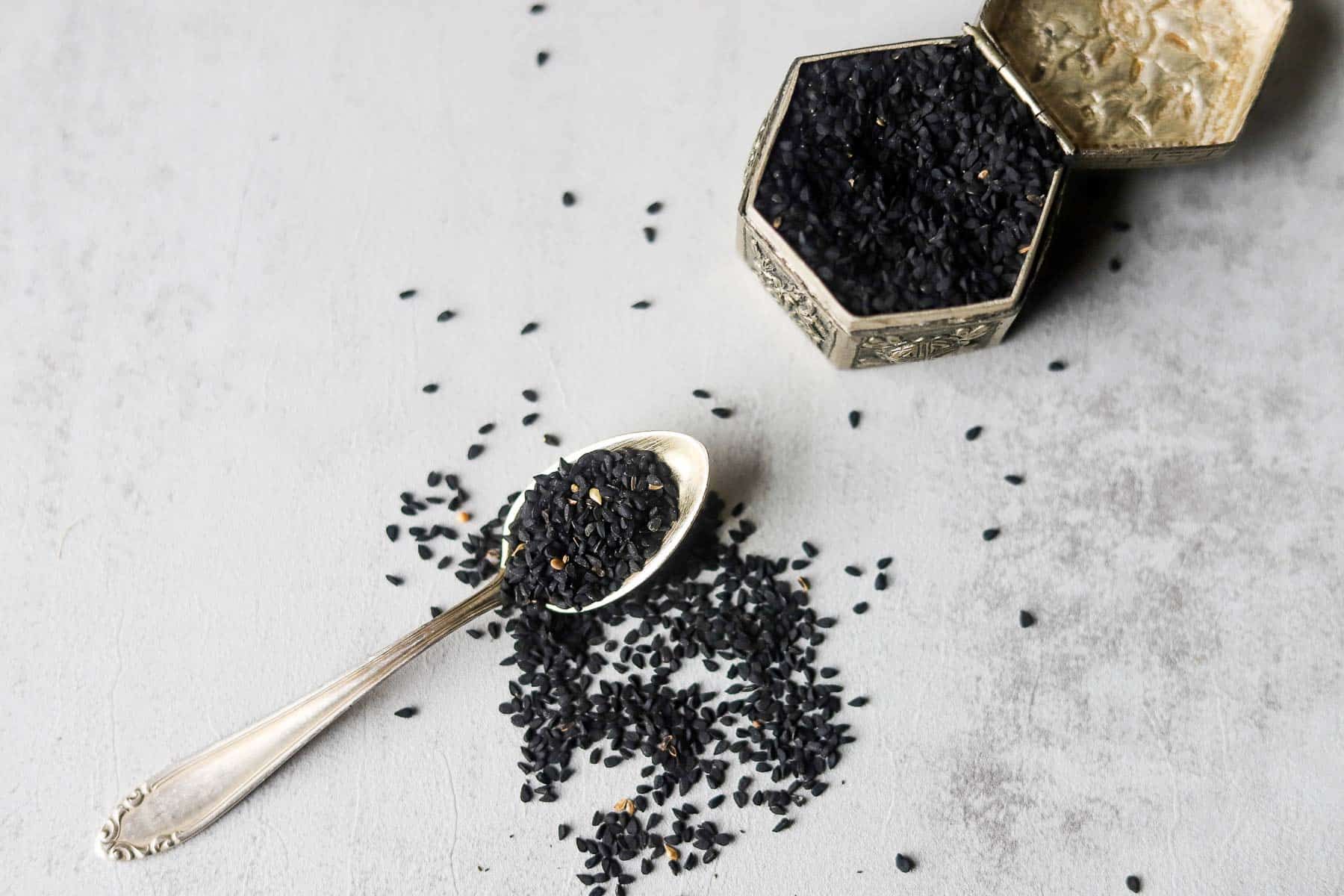
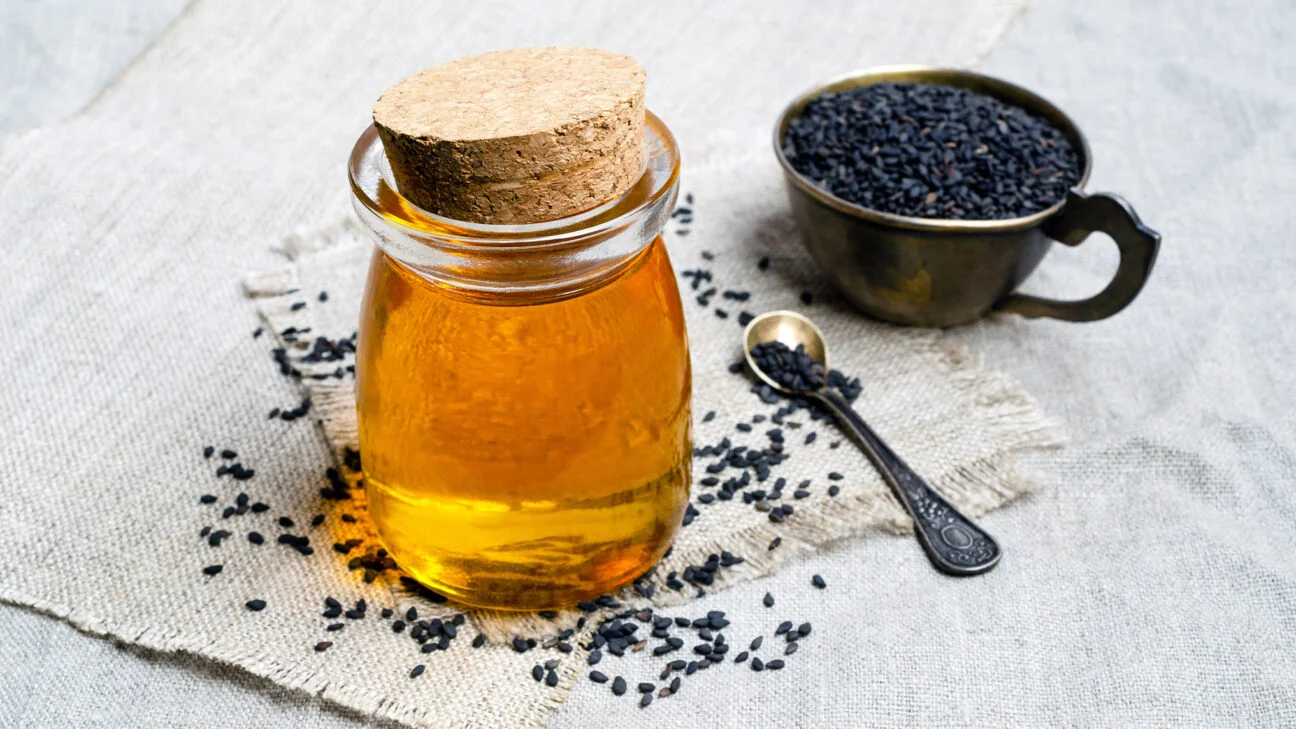
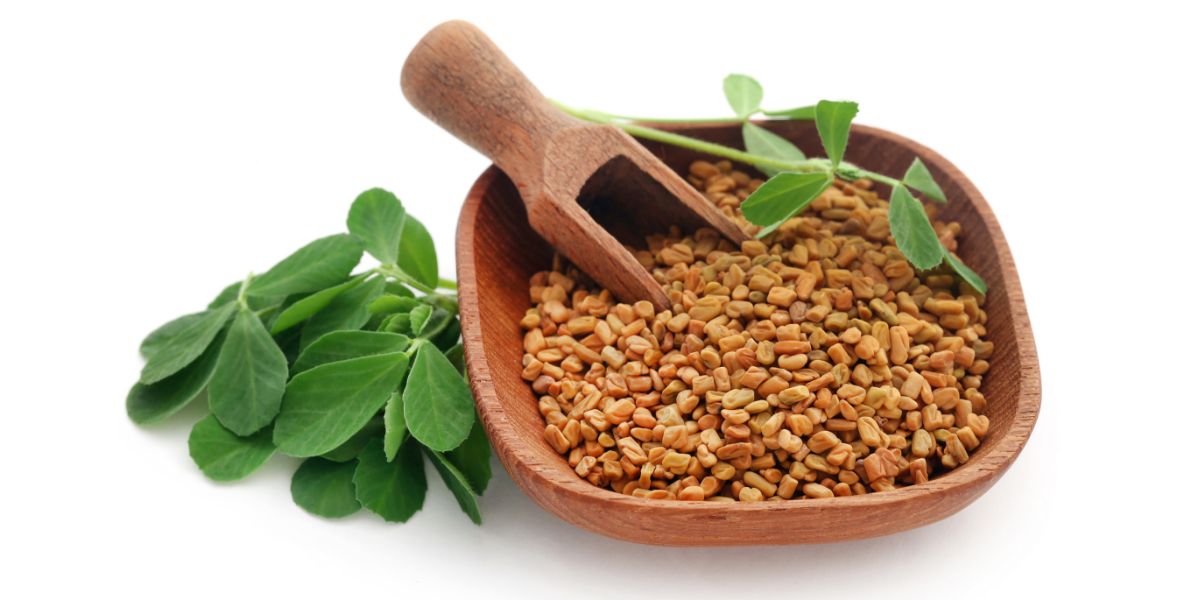
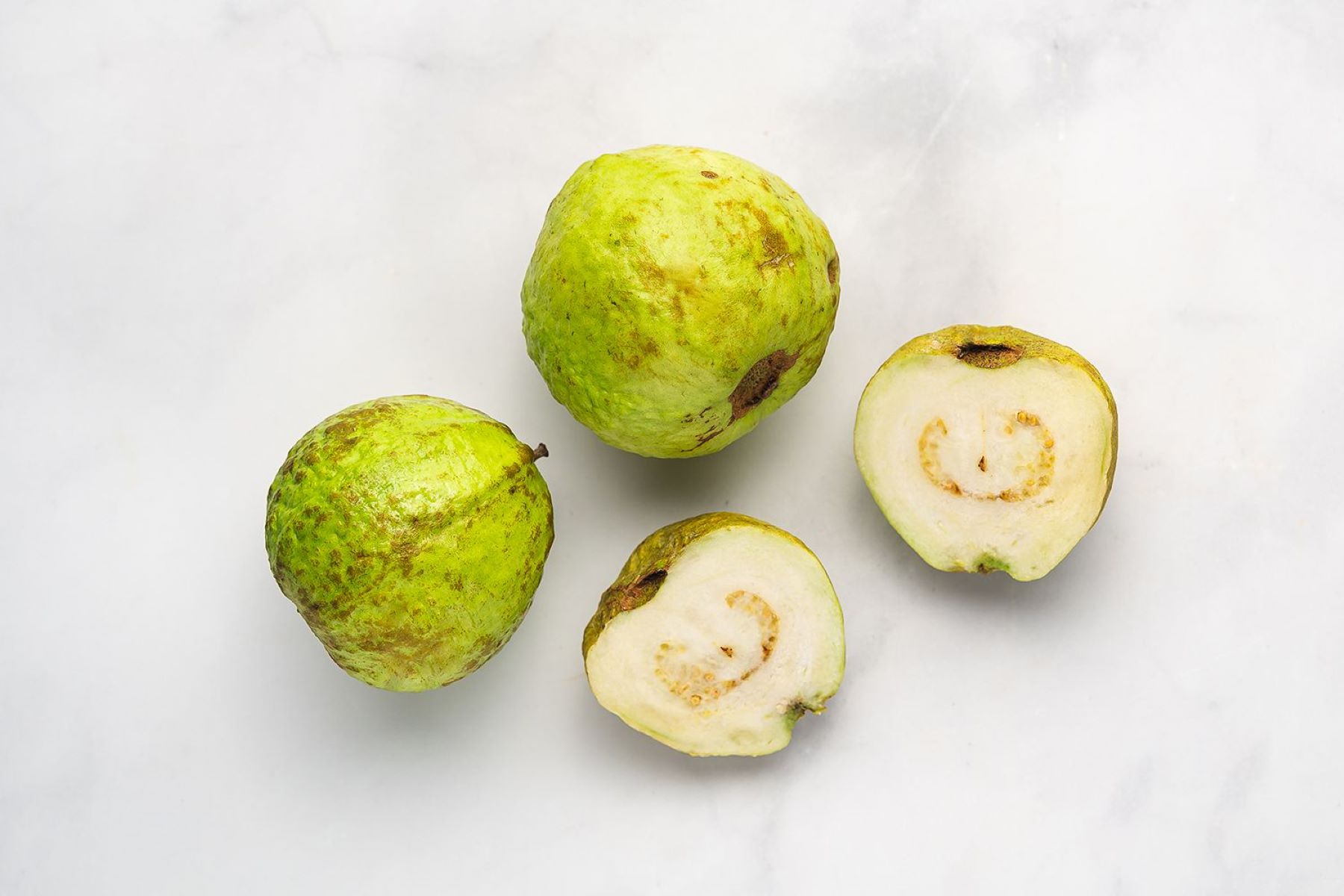
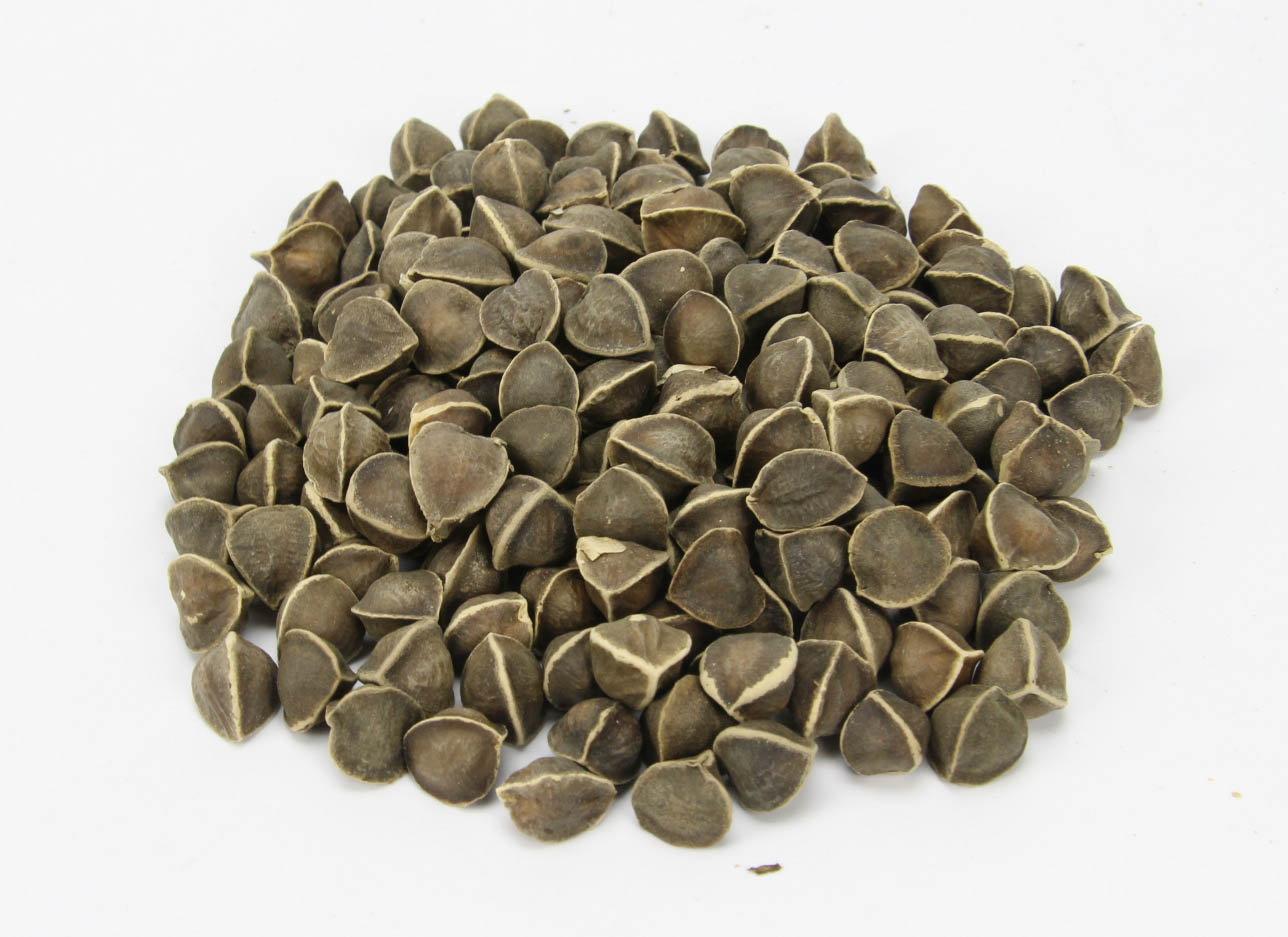
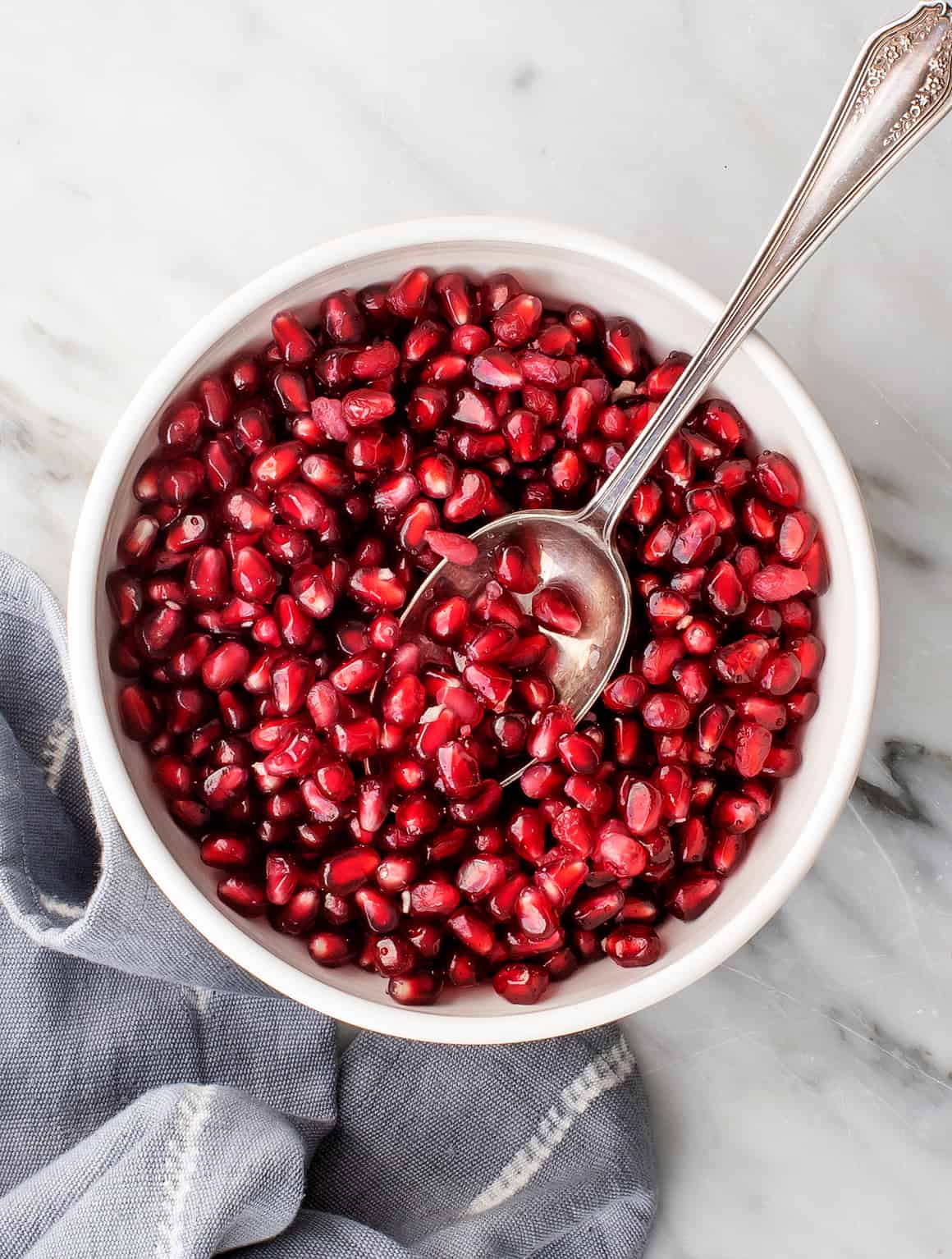
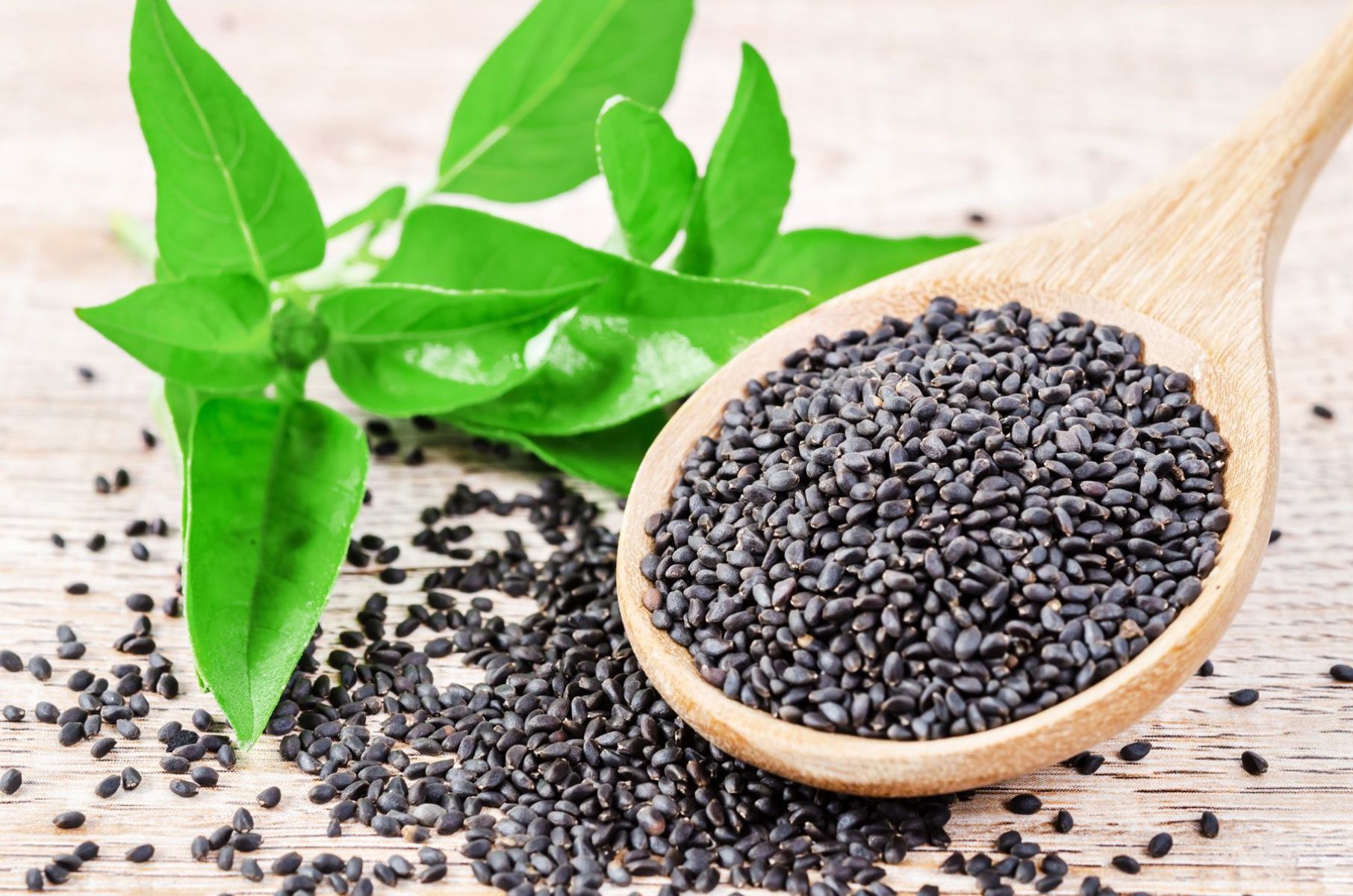
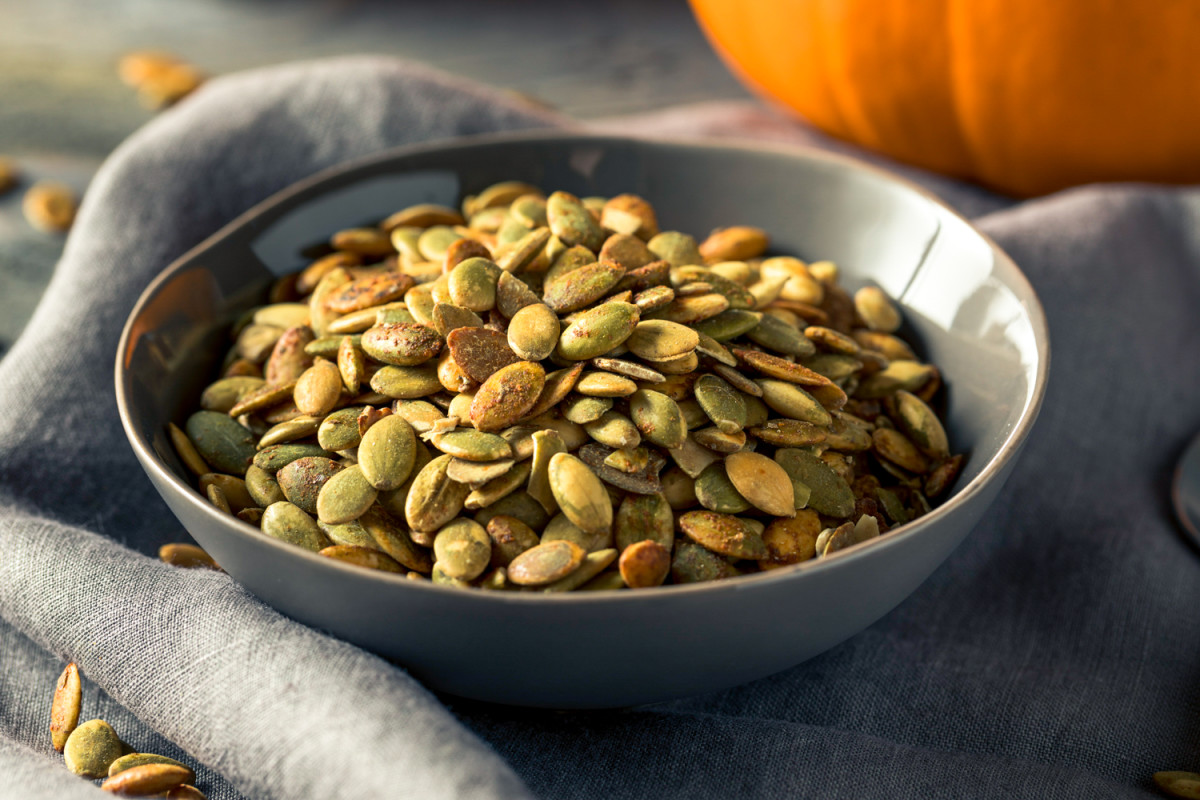
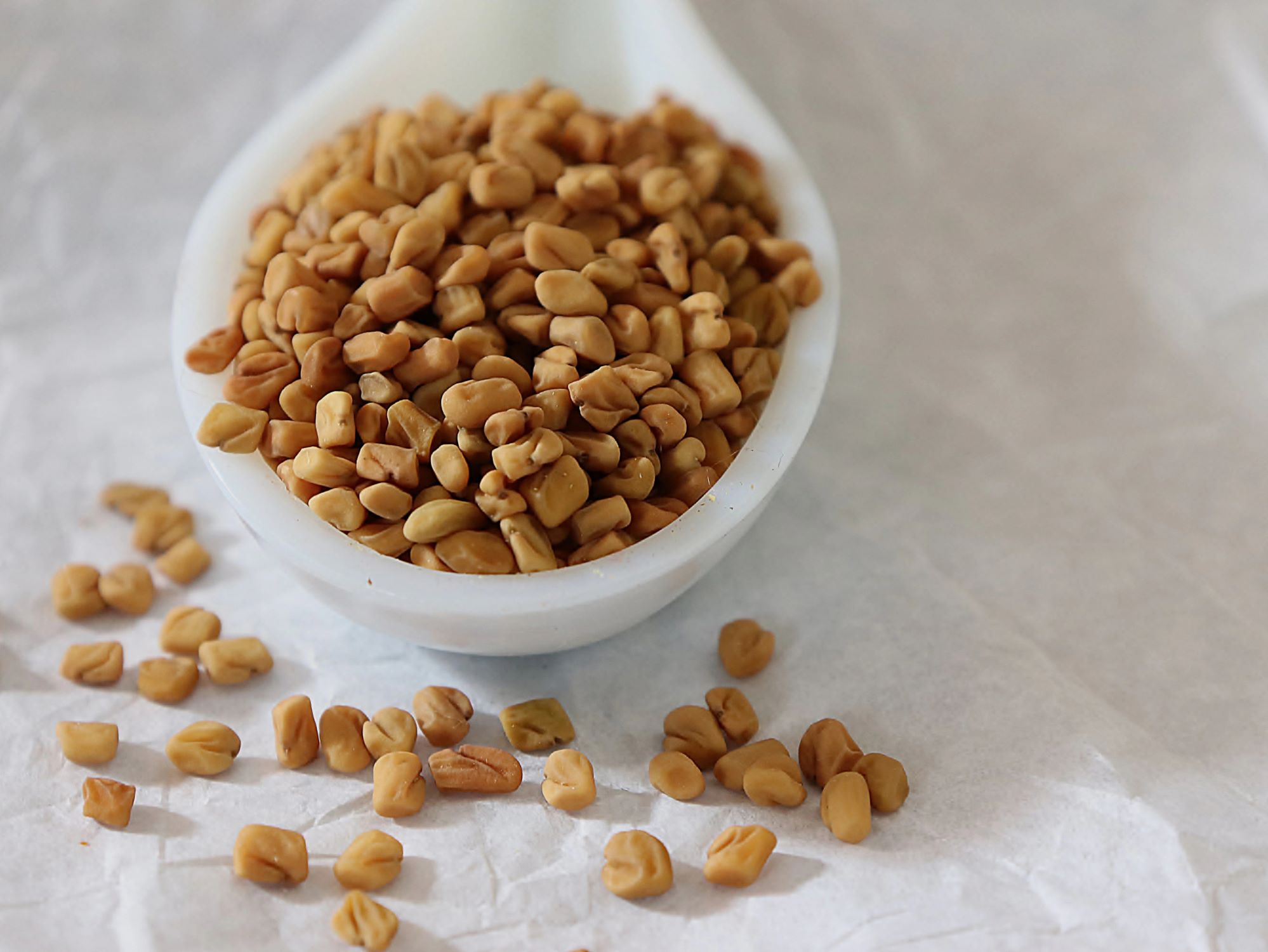
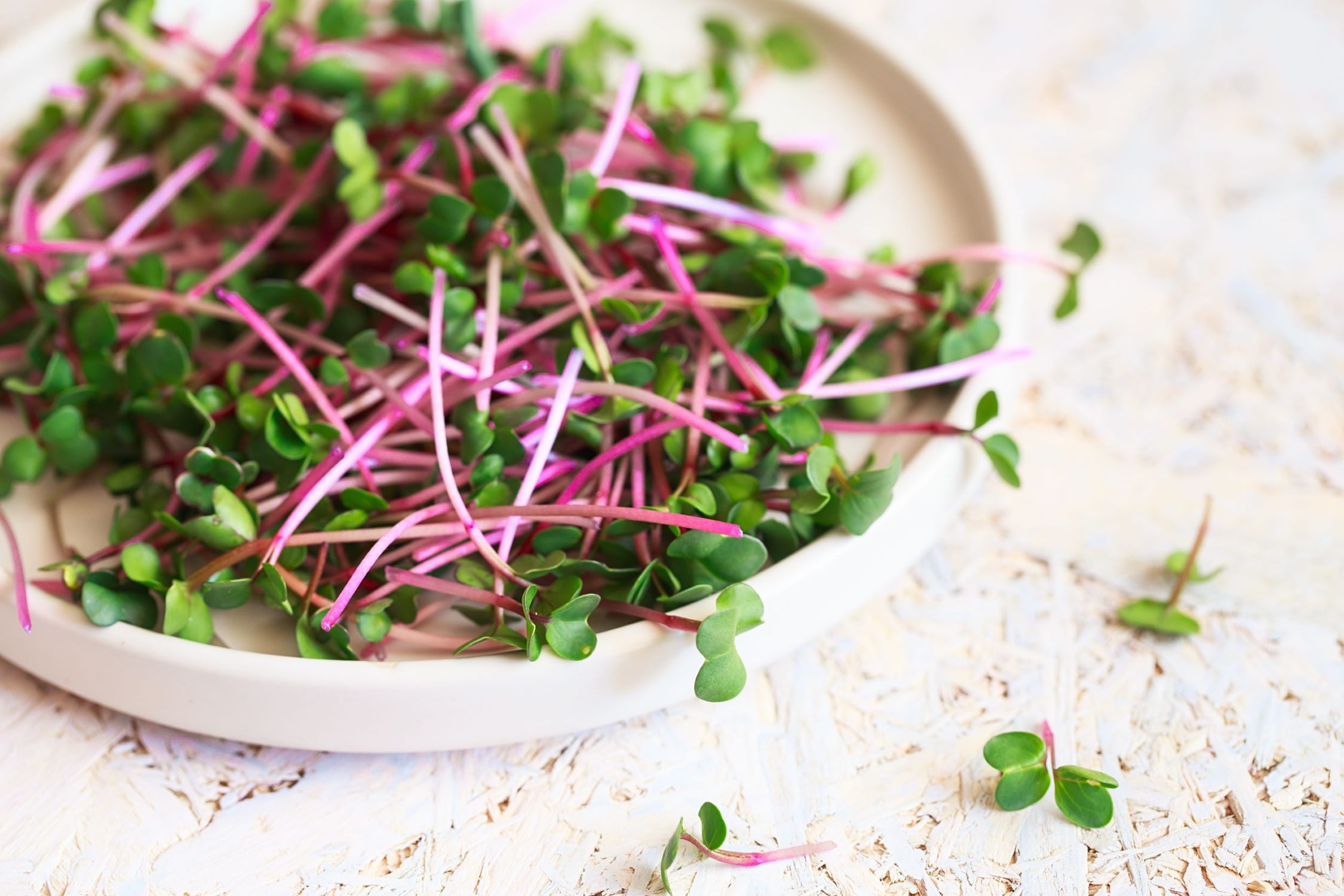
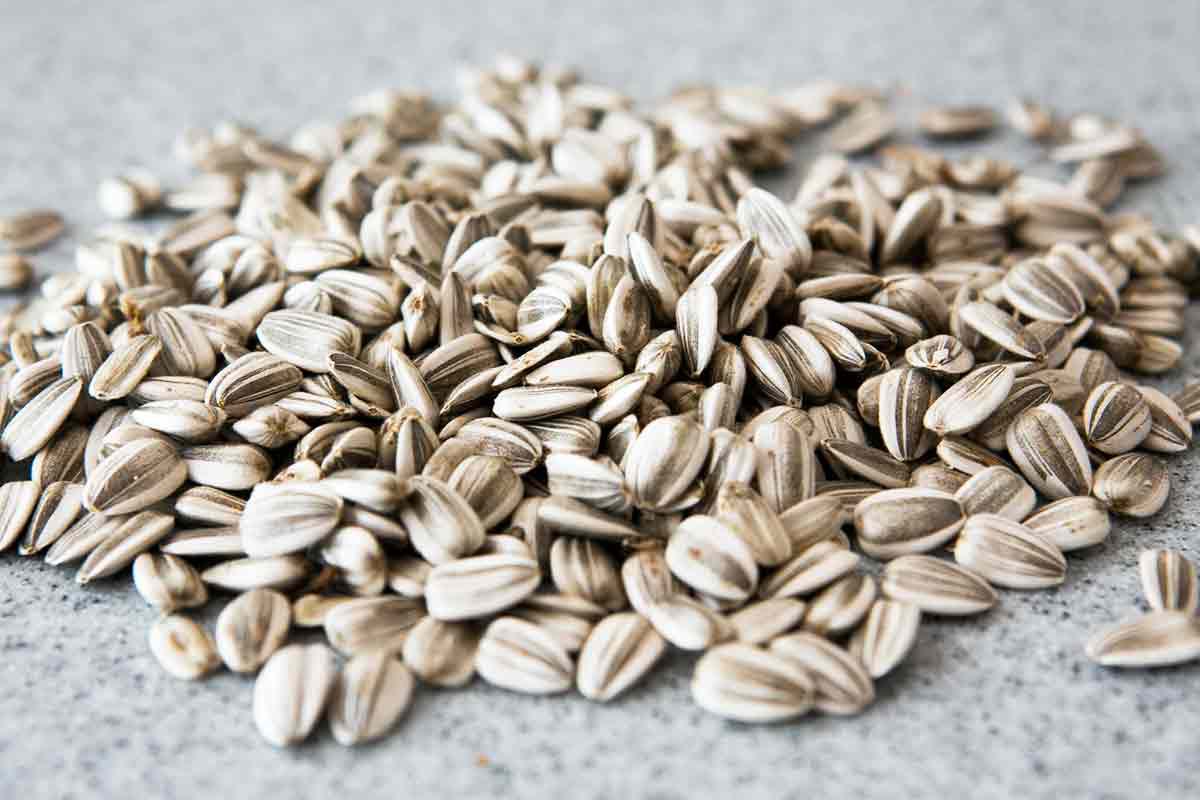
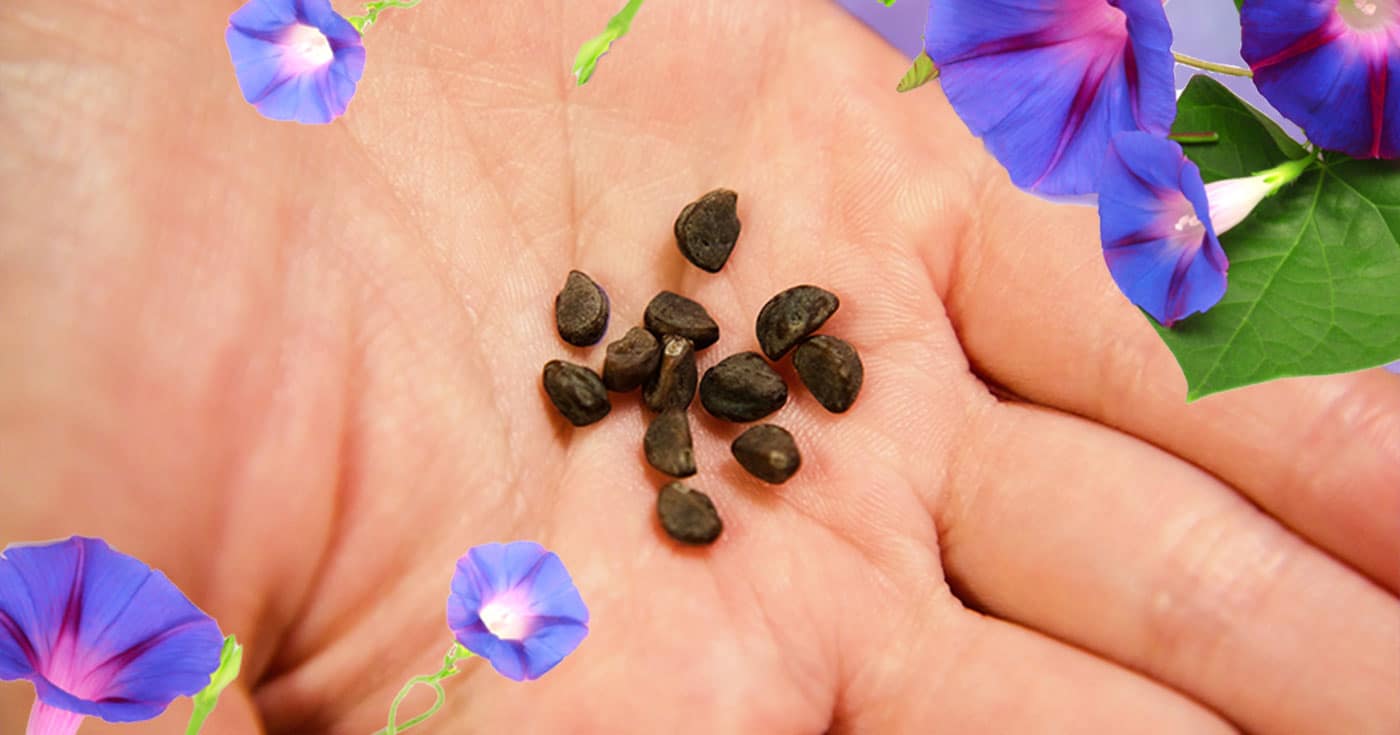


0 thoughts on “How To Eat Lotus Seeds”